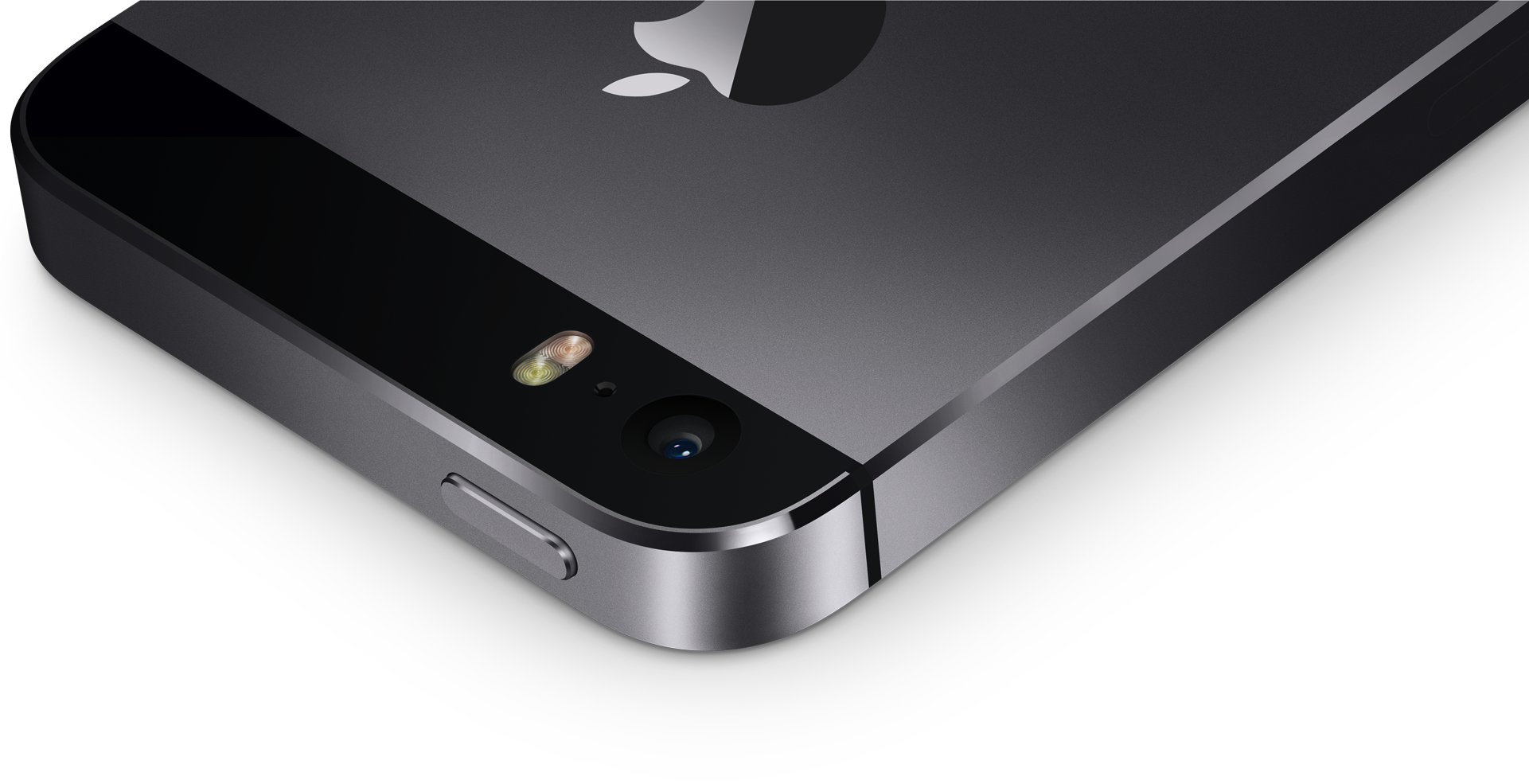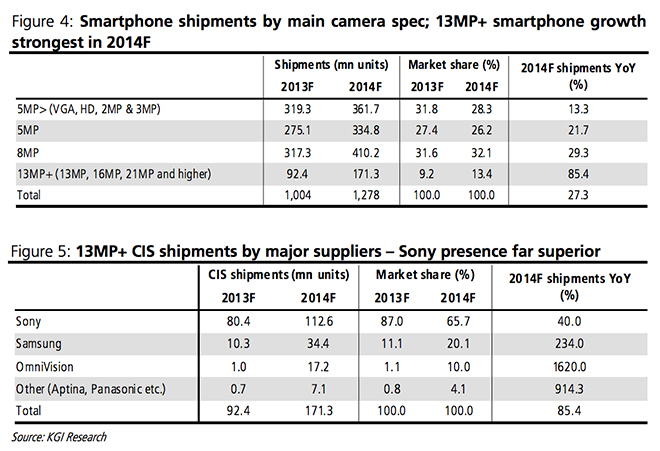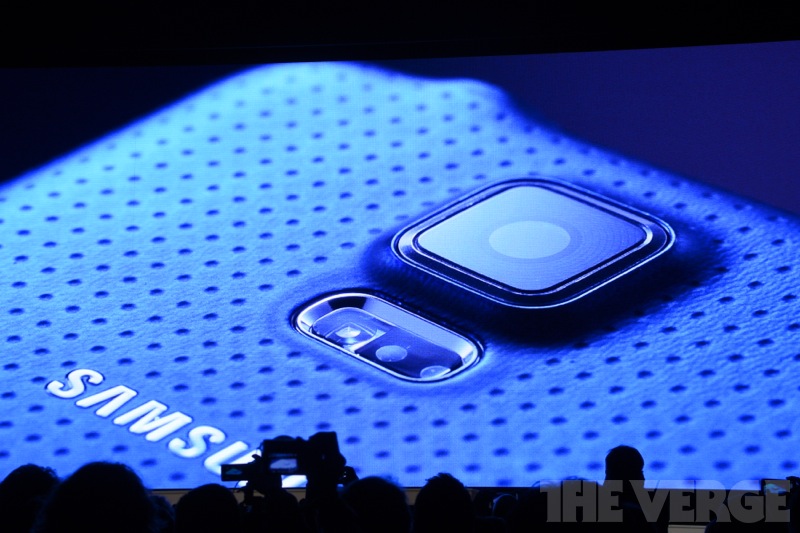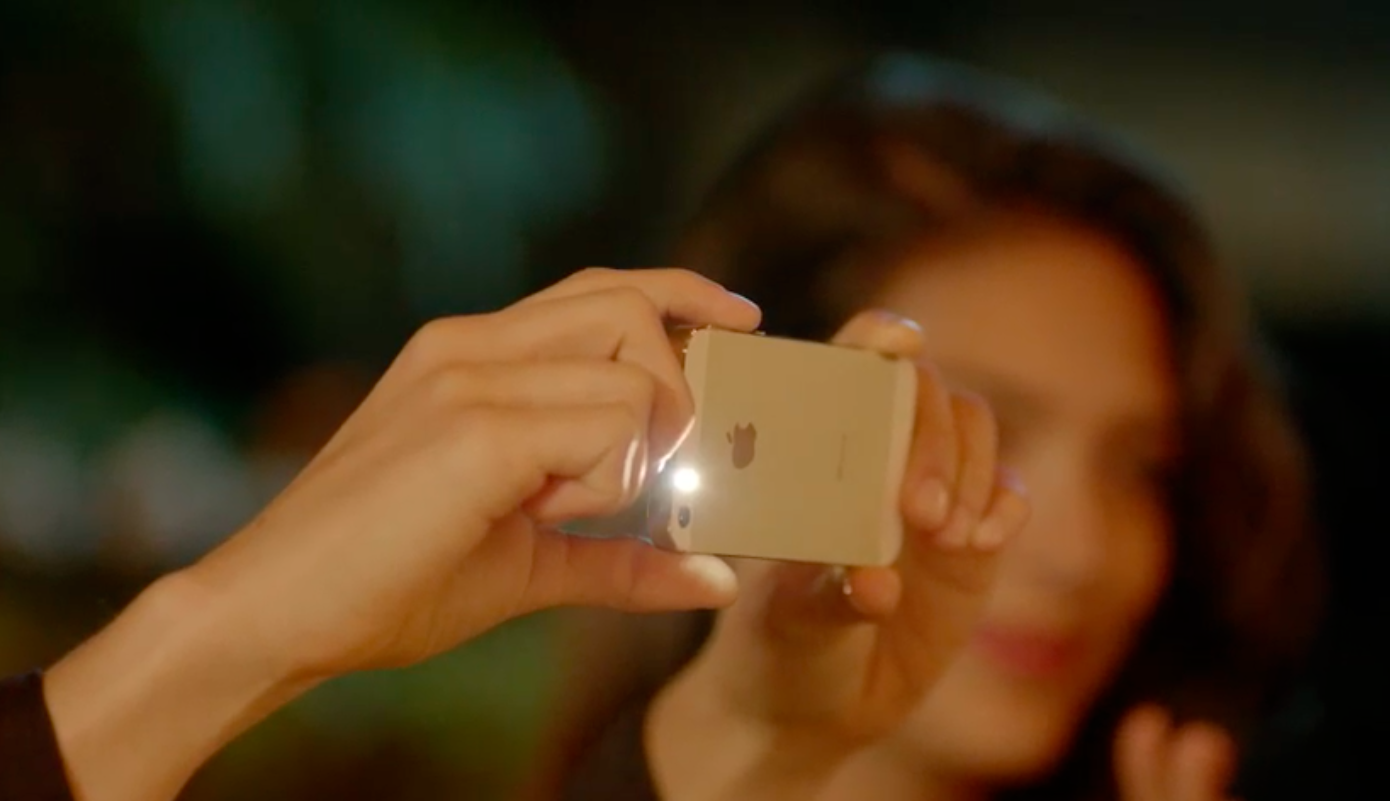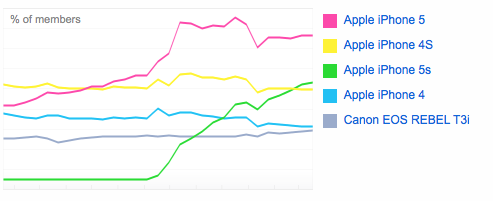Instead of the twelve or sixteen-megapixel camera upgrade in its 2014 iPhone offerings anticipated by watchers, Apple is said to stick with the eight-megapixel module and focus on improving image quality through software advancements and features like optical image stabilization, a new report asserts.
Apple is seemingly expected to skip the megapixel race with the iPhone 6 “to concentrate on other ways to better images,” people familiar with the matter apparently told AppleInsider…
AppleInsider thinks megapixels are less of a priority for Apple than overall image quality, suggesting a more conservative upgrade route for this year’s iPhones. Apple’s recent patent for a Lytro-like refocusable camera technology may point to the kinds of iSight upgrades it’s been working on.
For reference, Sony is the sole supplier of the CMOS modules for the iPhone’s back camera and it’s expected to replace the front-facing camera supplier OmniVision in 2015.
The report actually echoes a January story by The China Post suggesting Apple’s decision to keep the next iPhone’s megapixel count intact could be based on the engineering requirement to retain the handset’s more portable form factor.
In other words, to avoid the protruding lens seen on the back of some other smartphones, which would also suggest that the next iPhone could be markedly thinner.
Just how thin exactly?
If you ask the rather accurate Japanese blog Macotakara, Apple’s next handset(s) should be 7mm thick, or about half a millimeter thinner than the iPad Air, though Apple is said to expand it slightly to 7.5mm in order to do away with the unsightly camera protrusion on the back.
The back camera on the Galaxy S5.
We’re approaching the point where phone cameras – even the most advanced modules from Sony – are becoming too bulky for the ever skinnier smartphones and there isn’t much that can be done about this engineering challenge.
Multiple lenses and the CMOS sensor get stacked on top of each other, taking space and in turn causing issues with thin devices where space is at a premium. Unless Apple has managed to solve this engineering problem in the upcoming new iPhones, don’t hold your breath for a megapixel bump until 2015.
As a reminder, the iPhone 5s has brought out several improvements in the camera department, including a 33 percent larger sensor with the bigger pixels 1.5 microns in diameter, Dual Tone flash for more natural skin color in low-light conditions and a faster f/2.2 lens with improved image quality and better low-light performance.
Here are Flickr’s most popular cameras.
As much as I agree that megapixels don’t matter, this is only true to a certain extent.
Yes, optical quality is important and other factors like aperture and sensor sensitivity greatly affect how light is being captured, interpreted and digitized. But there’s a threshold where higher-megapixel cameras will produce crisper shots, no matter the advances that are meant to improve image quality at eight-megapixels.
I’m also concerned about Apple being stuck at eight megapixels for the third year in a row, having moved from the five-megapixel iSight module on the 2010 iPhone 4 to the eight-megapixle one on the iPhone 4s in October of 2011.
